When crafting a digital marketing campaign for millennials, it’s worth noting that this group consists of digital natives born during the internet era. They are the tech-savvy consumers in the market, who only buy after researching extensively.
Millennials also have a high buying power and frequency; however, they distrust ads and show less confidence in brands that attempt to sell to them right off the bat. In other words, they value companies that focus on understanding their needs and building relationships.
Before we look at digital marketing tips for millennials, let’s first see the best social networks to drive your millennial-centric digital marketing campaigns.
Best Social Networks to Reach Millennials
Pew Research estimates that 93% of millennials own smartphones, and nearly 100% say they use the internet. This means that leveraging digital marketing to engage this audience isn’t only a priority but a necessity. However, your digital marketing techniques’ success will largely depend on the channels you use, the content you produce, and the way you execute the entire strategy.
So what are the best social networks to reach millennials?
According to Hubspot research, 90% of millennials are active on Facebook. That said, using random Facebook ads might not yield the best digital marketing results. Instead, you want to focus on highly-specific digital marketing targeting options such that the ads aren’t being disruptive. User-generated and organic content performs better across social media platforms than ads.
The other social networks you can use to run your digital marketing campaigns are Instagram, Twitter, and Snapchat.
Tips for Marketing to Millennials
The millennial population forms a lucrative market and businesses cannot ignore this particular consumer group. However, while this demographic is very attractive to several businesses, they aren’t as straightforward to sell to as many would think.
To successfully target millennials with your digital marketing campaign, you first need to know what they care about. This includes:
- Their fears – this will tell you what drives them to take action.
- Their pain points – what are their most pressing and urgent problems.
- Interests – Knowing what they are passionate about or what makes them feel productive and engaged can help you tailor your digital marketing strategies to build strong and long-lasting relationships from a common ground.
When it comes to brand loyalty, millennials are attracted to customer satisfaction and are more likely to switch brands. According to research by Daymon Worldwide, only 29% of millennials will buy the same brand. This shows that brands must go the extra mile to innovate and ensure customer experience to attract and retain this consumer demographic.
That said, here are the four digital marketing tips you can use to boost results as you market to the every-day millennial consumer.
1. Shift from Traditional to Inbound Marketing
Instead of using traditional marketing such as TV ads or magazine ads that are more company-focused, you want to shift to customer-centric and personalized digital marketing strategies. Inbounding marketing refers to the use of informative content that is value-driven and with the customer in mind. This includes the use of blog posts, eBooks, Whitepapers, and informative YouTube videos.
To be successful with inbound marketing, you need to create high-quality content that shows up in organic search results. This makes SEO an integral part of the digital marketing process. However, always optimize your content for your users, not entirely for the search engines.
When it comes to creating value-centric digital marketing content, there’s a lot we can learn from the past generations. Below is a summary of case studies showing how brands leveraged content marketing to boost brand success.
- In 1895, John Deere introduced The Furrow, a free publication highlighting tons of farming techniques meant to help farmers improve their skills and increase profits from their farm produce. Today, this monthly magazine is available in 14 different languages across more than 40 countries.
- In 1904, Jell-O published and circulated free copies of its recipe book with insightful tips and unique cooking methods. In two years, the company saw an increase in sales to over $1 million annual sales.
- In 1966, Nike published a booklet titled “Jogging” with running and jogging best practices. The 19-page book never promoted nor mentioned any Nike shoe, but it made running a sport in America.
2. Incorporate Ethical Marketing into your Digital Marketing Strategy
Ethical marketing is a digital marketing technique where a company promotes their products and services from how they benefit environmental and socially responsible causes.
According to Nielsen’s study report, 73% of millennials are willing to pay more for sustainable offerings that promote their ethics and morals. Also, the higher number of millennials occupying power positions means that the buying decision is leaning more towards ethical buying.
More than ever, consumers, especially millennials, choose to buy from brands they believe are conscious about their social and environmental responsibilities. The buyer decision process is also shifting from what’s convenient and affordable to what’s ethical, honorable, and sustainable.
3. Leverage User-generated content
90% of Millennials believe that authenticity is an important consideration when choosing a brand to support. However, their buying decision is primarily influenced by the people they know in person or through online social networks.
They are also more likely to trust authentic and relevant opinions such as customer reviews and endorsements from product users they know or can relate to. This need for authenticity has led to an increase in the popularity of user-generated content.
But, what is user-generated content?
According to Hubspot, user-generated content is any form of content created by consumers and users about a product or brand. This type of content isn’t paid for, and its authenticity makes the consumer the brand ambassador/advertiser.
In fact, Business2community research found that millennials believe that user-generated content is 35% more memorable than any other media.
4. Collaborate to Reach a Bigger Audience
According to a 2015 millennial study, 42% of millennials are interested in helping their favorite brands develop future products and services. This strategy is getting its way into the digital marketing world, where brands are now open to collaboration and are willing to have consumers as product co-creators.
An example is the Coca-Cola online co-creation event aimed at gathering unique expressions of its brand promise, energizing refreshment. The online event had more than 1500 participants from 74 countries, and out of the 2616 creative content accepted, there were 5 winners. This form of digital marketing saw more millennial participants, and it boosted Coca-Cola’s brand awareness and helped the company bring fresh and authentic content to the market.
Final Thoughts
How well you target the millennial population determines whether they will associate themselves with your brand, product, or company. Their ability to consume web-based content and their high purchasing power make this generation the perfect candidates for digital marketers.
Also, not all Social media marketing techniques will work for millennials. For instance, using social media influencers may not yield the expected results if you don’t have an authentic content marketing strategy in place.
The rule of thumb is to understand this demographic before strategizing your digital marketing campaigns. Hopefully, the above information will give you a competitive edge in the market and help drive your way to millennial marketing success.
Not done reading? Learn what the Buyer’s Journey is and why it matters for your business.










